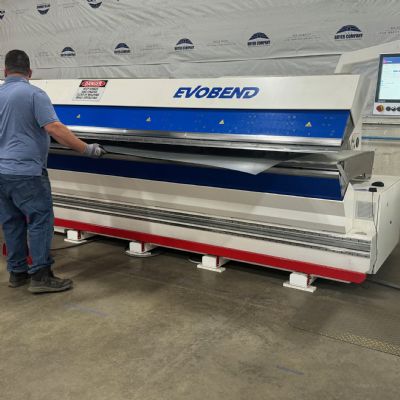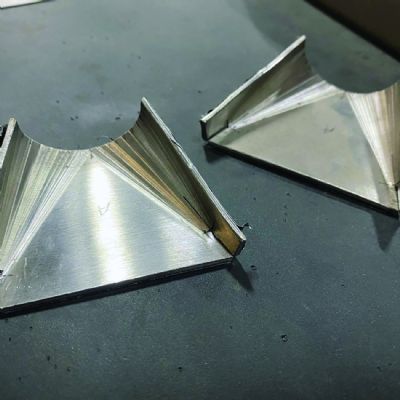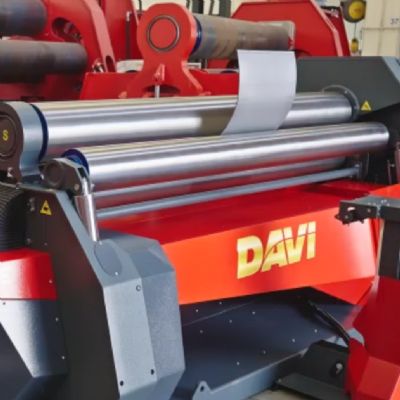1) Safety program work safety rule(s) that if followed would have prevented the violation or incident;
2) Training (on that work safety rule);
3) A system of monitoring (auditing) employees to detect safety rule violations; and
4) Taking disciplinary action when safety rule violations by employees are discovered.
We recently obtained an order allowing this defense to be presented in a case where a supervisor and three crew employees were working together and triggered a citation. The inspector observed and photographed their noncompliance. Here is how the assistant chief judge stated that the defense remains applicable:
“The proper focus in employee misconduct cases is on the effectiveness of the employer’s implementation of its safety program and not on whether the employee misconduct is that of a foreman as opposed to an employee.”
3) OSHA industry targets—OSHA plans to inspect metal-stamping plants on an increasing basis under the NEP program. Reportedly, OSHA plans to inspect all metal-stamping plants in Ohio and Wisconsin this year. Current inspections focus on machine guarding (presses and press brakes), forklift operator certification, use of hand tools to remove stuck or scrap parts, LOITO, and the use of safety blocks for in-the-die repairs or adjustments.
4) OSHA’s new form of acceptable settlement agreement nonadmission clause—OSHA has begun accepting the following form of nonadmission clause in formal settlement agreements:
“It is understood and agreed that this stipulation and settlement agreement will constitute a final order of the commissioner for purposes of the act. Except for these proceedings and other subsequent OSHA proceedings, none of the foregoing agreements, statements, findings and actions taken by respondent may be used in any other proceedings and may not be admissible as evidence in any such proceedings. By entering into this agreement, the employer does not admit the truth of any alleged facts, any of the characterizations of conduct or any of the conclusions set forth in the citations or amended citation issued in this matter. Employer reserves all of its legal rights to contest any subsequent enforcement, citations, related citation classifications and proposed penalties. The secretary states that OSHA has made no determination one or the other that any of the citations alleged in this matter caused or contributed to any accident or incident.”
5) Another Sample Safety Program Auditor Checklist—We see a lot of good safety program elements and program audit checklists these days. Here’s a sample one which seems to work well:
Safety Checklist
• Machine guarding inspections
• Maintenance records consistent
• Pullbacks weekly and each change inspected
• Lockout IT agent procedures, specific to all sources, training, retraining, annual certification
• Arc flash training
• Forklift operator codifications
• Press inspection records
• Control circuit reliability
• Press brake safety devices
• Copy of written accident prevention program/safety manual
• Safety rule discipline procedure
• Copy of regulations (fed or state as appropriate)
• Job discipline log
• Project safety plan, site specific plan or job hazard analysis
• Required bulletin board posters
• Emergency phone numbers posted
• Emergency action plan
• OSHA 300 log
• First-aid kit and first-aid trained supervisors
• Hazard communication manual
• Personal protective equipment (per regs and MSDS)
• Environmental protection controls in place
• Tool box talks and weekly walk around inspections
• Safety orientations, general training and retraining (forklift, powder actuated tools, aerial lifts, HAZ COM)
• Crane and hoist inspection records
• Fire-protection inspections records/ Fire-protection plans
• Equipment inspections (electrical, mechanical, rigging)
• Safety monitoring inspections by management: compliance and noncompliance times, dates, and corrections documented
• Safety violation correction action documentation. MF Technologies: Bending









